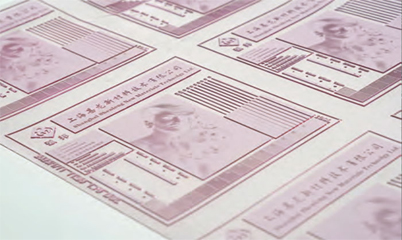Sep 05,2024
Photopolymer plate printing is a versatile and precise printing technique used in various industries, from packaging to fine art. By leveraging light-sensitive materials, this method enables high-quality and detailed prints with remarkable consistency.
- Image Transfer: Photopolymer plates capture detailed images through exposure to UV light, allowing for high fidelity in reproduction.
- Customizability: This technique is suitable for both large-scale industrial runs and small, custom print jobs.
- Versatility: It can be used for various substrates, including paper, plastic, and textiles.
- Efficiency: The process is relatively fast, with shorter setup times compared to traditional methods.
- Cost Effectiveness: It reduces the need for expensive printing plates and setups, making it economical for both short and long runs.
- High Detail: The relief created on the plate allows for crisp and intricate designs.
- Durability: Photopolymer plates are resilient, providing long-lasting performance even under high-pressure printing conditions.
- Environmental Impact: The method often uses fewer chemicals and produces less waste compared to traditional printing techniques.
- Ease of Use: The process involves straightforward steps and minimal manual intervention, simplifying production.
- Consistent Quality: The technology ensures uniformity and consistency across prints, maintaining high standards throughout the production run.

Conclusion:
Photopolymer plate printing stands out for its efficiency, versatility, and precision, making it a valuable option for a wide range of printing needs. Its ability to produce detailed and consistent results while being environmentally conscious adds to its appeal in modern printing applications.
GET A QUOTE